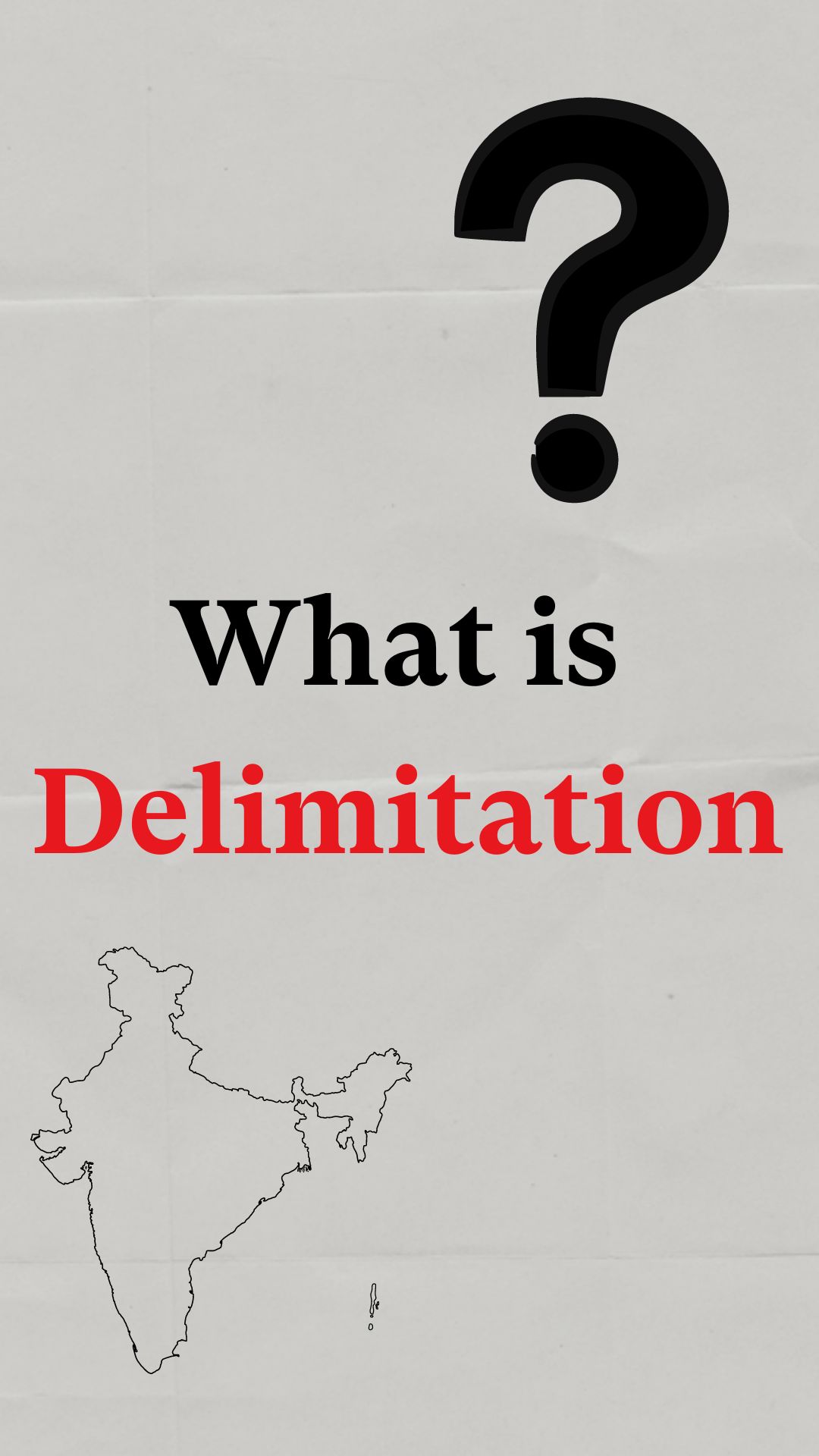The Vidhi Centre for Legal Policy and Rainmatter Foundation organised the inaugural episode of THE GREEN MANDATE- Season 3 on ‘The ESA/ ESZ Approach in Ecosystem Conservation’ with Mr Brij Kishore Singh, IFS (Retd), former Principal Chief Conservator of Forests (Head of Forest Force) in Karnataka, and Ms Prakriti Srivastava, IFS (Retd), former Principal Chief Conservator of Forests in Kerala at India International Centre Annexe, New Delhi on 12th September 2024.
Ecologically Sensitive Areas (ESAs) and Ecologically Sensitive Zones (ESZs) are essential tools in India’s environmental conservation framework. They originate from the Environmental Protection Act (EPA) of 1986, with the aim to balance ecological preservation with the needs of development. Yet, despite their importance, these mechanisms often face challenges in implementation due to political, social, and economic pressures.
Below is a brief summary of the discussion. For detailed points, please refer to the video.
Understanding ESAs and ESZs
Prakriti Srivastava, a key figure in the development of policies surrounding ESAs and ESZs, highlights the distinction between the two. ESAs are large, sensitive landscapes not necessarily linked to protected areas, where industrial activities are minimised. Their origins trace back to 1989, when proposals aimed to protect ecologically fragile regions such as Murud-Janjira and Doon Valley. ESZs, on the other hand, were conceptualised as a 10-kilometre buffer around national parks and sanctuaries, developed following the Indian Board of Wildlife’s recommendation.
The Wildlife Protection Act did not initially include ESZs, leading to their formulation under the EPA. However, resistance from states due to concerns over restricting development has delayed their notification. Over 400 ESZs have been notified, but many remain merely on paper. The differences between ESAs and ESZs lie in their scope and the parameters used for their identification. ESAs are based on species, ecosystems, and geomorphological factors, while ESZs focus on regulating activities around protected areas.
Challenges in Implementation
Brij Kishore Singh, a retired forest official with decades of experience, explains that the concept of buffer zones existed even before the formalisation of ESZs, dating back to the 1963 Karnataka Forest Act. However, while buffer zones have seen some progress, ESZs face considerable resistance. States often push back against the 10-kilometre buffer, arguing that it hampers development and livelihood activities.
Despite Supreme Court rulings mandating the identification and notification of ESZs, states often circumvent this by proposing site-specific zones. Key steps such as the preparation of zonal master plans and the establishment of monitoring committees are rarely followed. For instance, states like Kerala have failed to adhere to these requirements, weakening ecological protections. Furthermore, enforcement remains reactive, often stemming from court orders rather than proactive conservation efforts. Community involvement remains limited, influenced heavily by local politics and insufficient awareness of environmental issues.
Top-down versus Bottom-up Approaches
Singh reflects on the effectiveness of top-down approaches in the Indian context. While community involvement is critical, much of the action around ESZs has been driven by directives from the Supreme Court or the Ministry of Environment, Forest, and Climate Change. Forest officers, though instrumental in pushing forward some ESZ proposals, often face significant political and societal pressures. For example, in Karnataka, despite a Supreme Court directive to prevent mining near protected areas, industries continue to exert pressure on local authorities to redraw ESZ boundaries.
Community-based conservation models have shown promise in some regions. Singh shares a success story from Shimoga, where timber plantations shared profits between the forest department and the local community, aligning their interests with conservation efforts. However, he acknowledges that such models are the exception rather than the rule. Most communities remain passive participants, lacking the education and awareness to take proactive roles in conservation.
The Role of Media and Misinformation
Misinformation has played a detrimental role in shaping public opinion around ESAs and ESZs. In regions like the Western Ghats, protests have arisen due to fears that these designations will lead to displacement, restrict development, and affect livelihoods. Srivastava argues that much of this fear is unfounded and driven by vested political interests. The ESZ guidelines explicitly state that daily activities such as farming and tourism will not be affected, except for harmful industries like mining.
The confusion, however, was exacerbated by a 2023 Supreme Court order that introduced additional requirements for permissions, deviating from the original guidelines. This led to protests in Kerala, fuelled by the mining and construction lobbies. Srivastava emphasises the importance of dispelling these false narratives to ensure public support for conservation efforts.
Hydropower and its Environmental Impact
The issue of hydropower in ESAs and ESZs is contentious. While the guidelines ban heavy industries, they allow for the construction of hydropower projects, despite hydropower being classified as a red category activity under environmental regulations. Singh expresses serious concerns over the environmental damage hydropower projects can inflict, particularly in fragile ecosystems like the Western Ghats. These projects not only destroy forests but also increase the risk of landslides in areas with clay-based soil. Srivastava echoes these concerns, pointing to the twin tunnel project between Calicut and Wayanad, which, despite its environmental impact, has already been awarded a ₹2,100 crore contract.
A Path Forward for Conservation
The future of ESAs and ESZs depends on effective governance, community involvement, and the balancing of development with conservation. Singh and Srivastava stress the need for long-term ecological security over short-term economic gains. True eco-tourism, where visitors leave no trace, must replace the current model of economic tourism disguised as conservation. Additionally, the government must invest in existing infrastructure rather than continuously sacrificing forest land for new projects.
In conclusion, the success of ESAs and ESZs hinges on proactive conservation efforts, supported by transparent governance, public awareness, and meaningful community engagement. Without this, the delicate balance between development and ecological preservation will continue to tilt towards destruction, jeopardising the future of India’s natural heritage.


